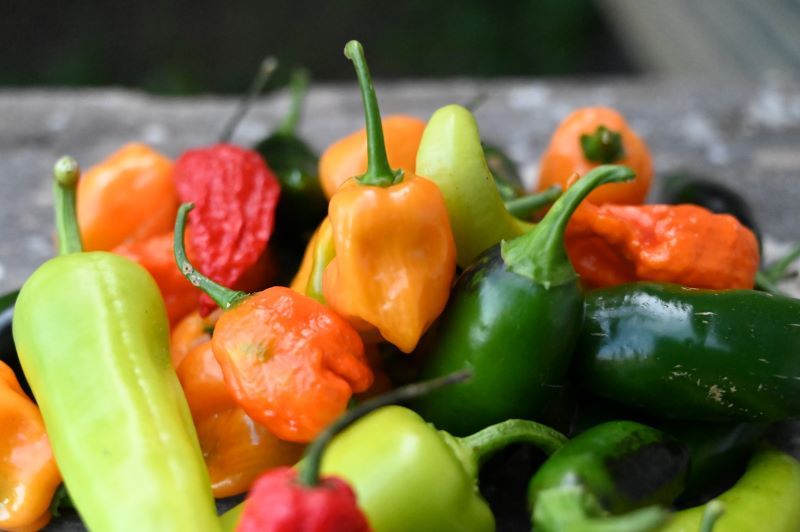The Habanero Chili: A Spicy Export from Mexico
The habanero chile, which boasts a fiery heat and a rich, flavorful aroma, is a Yucatan Peninsula export that has gained international popularity.

People in Mesoamerica stopped being nomads about 5,500 years ago and started living in small villages. These villages grew into towns of a certain size, and towns grew into cities over the centuries. Agriculture was the main reason why people stopped moving around in groups and started living in one place. People could plant, grow, and harvest different kinds of plants once they knew how they reproduced. They could also keep some of what they grew in case they needed it or wanted to trade with the next village.
The first people who lived in Mesoamerica learned to grow squash, corn, beans, and chili. Together, they would provide the right amount of nutrients and could be used to make a lot of different, very interesting dishes. Chili became a very popular medicine in Mesoamerican medicine over time because of its expectorant, digestive, and astringent effects, among others. During the 15th and 16th centuries, chili was part of the tributes that the countries that had been conquered had to send to the lordships of the Triple Alliance—Tenochtitlan, Texcoco, and Tlacopan—either dried or fresh, depending on how far away the place of production was from the central highlands.




